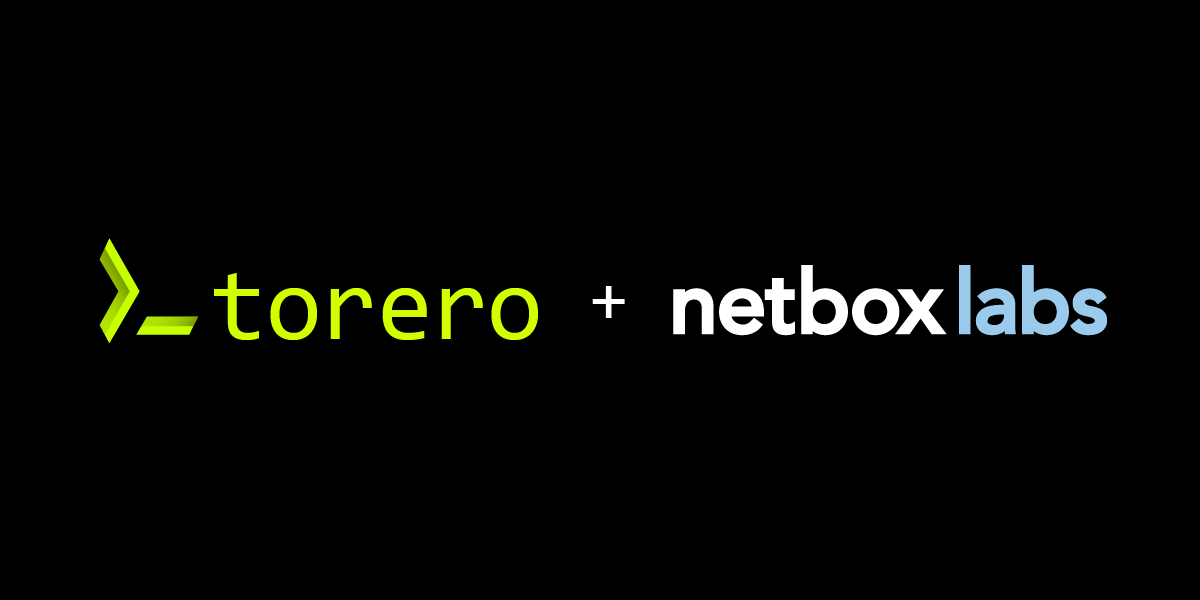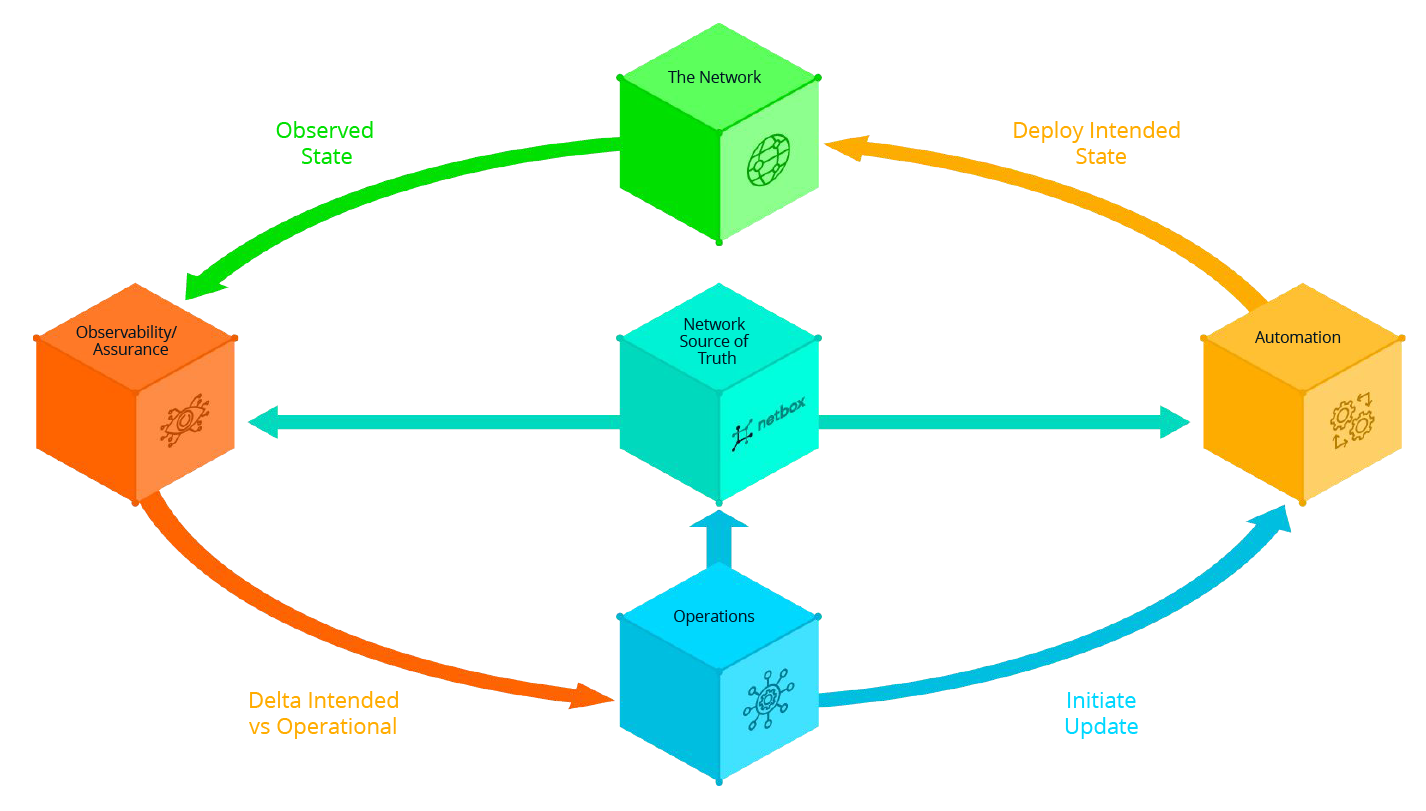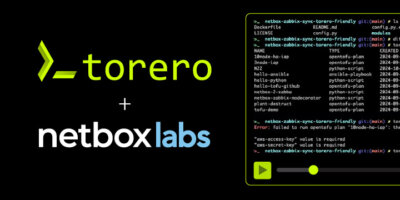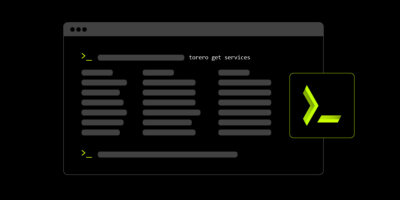Just finished a podcast with Mark Coleman at NetBox Labs. Thanks so much for inviting me, Mark!
In it we discussed the current automation struggle. We’re all on the automation train somewhere. As Mark explained, a recent poll showed that 91% of orgs are investing into network automation, but only 18% report success. I’m even a bit skeptical about 1 in 5 saying that they’ve made it to networking Pangea. But essentially…
>_ the struggle is real
Look, we all want to make big bucks and buy planes and boats. But we can’t get there if we’re stuck knee deep in operational crap. The first goal is to get from “me” to “we.” How can I get my automations beyond something I do and into the hands of the rest of my team?
Then, once we do that, we’re not done. We then need to get from “we” to “everyone.” Getting to this “everyone” goal is what every CIO wants. It’s AWS. It’s Azure. It’s turning automations into services that an end user clicks “go,” and it goes.
>_ the modern network automation architecture
Mark has a clever high level view of a network engineer’s daily life. Jumping from one siloed box of work to another. Your source of truth is a bridge to connect meta data together between these boxes of systems. How do I sync all this? Look at my network SoT. In fact, the demo we showed off shows how one can setup and schedule a script to do just that automatically between Zabbix and NetBox using torero. Without a source of truth, syncing state can be a miserable experience.
The next goal then becomes, how do I connect these other boxes? How does my operations team initiate an automation that deploys a thing? Plenty of tools exist in the boxes to do automations, to do operations, and to be the network, but what helps me in this liminal state between boxes. What allows me to build a better bridge?
>_ start small
Look, we’re all not one step away from being AWS. Some of us are still building our first Ansible Playbook or writing our first Python automation. Some of us have fully built out automations, but only use them for ourselves because of the gaping security holes or lack of error handling. Essentially, we’re all on this journey, but we’re all somewhere different on it. Scaling and growing is painful, but it’s essential and beneficial to do.
>_ torero to the rescue
How do I get from “me” to “we?” Well, I need to operationalize my tools. I need to take my automations that are in a place, turn them into consumable services that my operations team can use, and deploy them “as a service.”
My goal should be to separate my coding, my scripting, my automations, from the action of running and using them. One set of users, my ops team, needs to run these automations without knowing the underlying code beneath them. Conversely, I need to build a workflow for writing scripts that allows me to update the automation without having to deal with updating everyone’s laptops when I make a fix. If I use torero, I can create a service, publish a script, and maintain that script without having to deal with the operational overhead of maintaining the end user’s environment.
Go check out the video. I show a demo of using one of the many scripts out there to help operationalize a NetBox source of truth. If you’re one to just want to do the thing yourself, go check out our docs site.
Tags: NetBox Network Engineering








